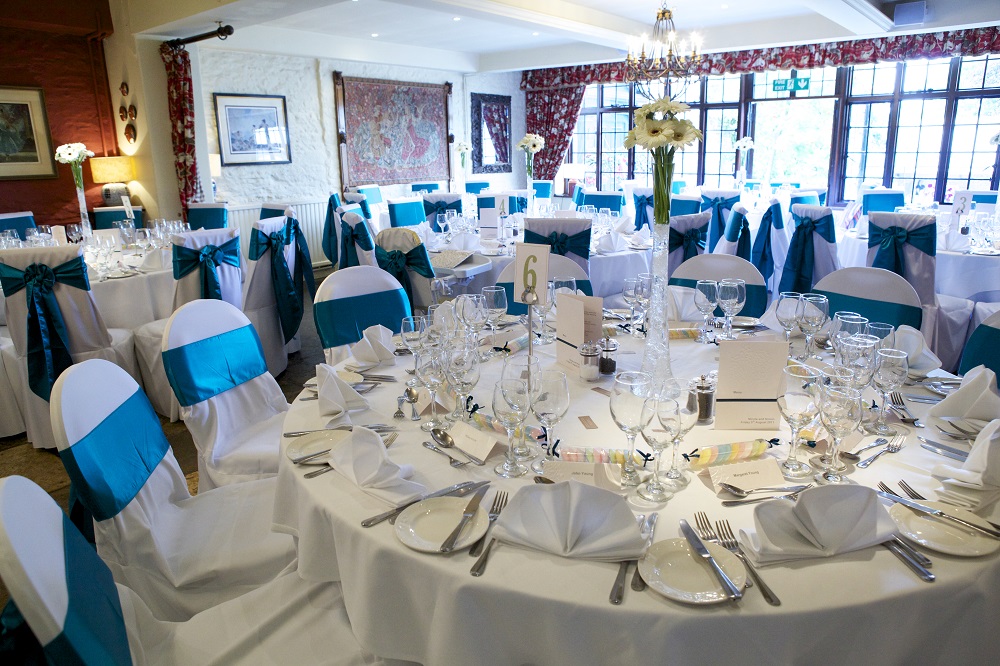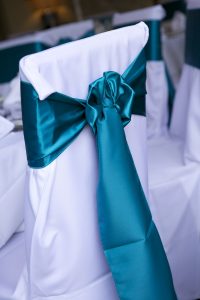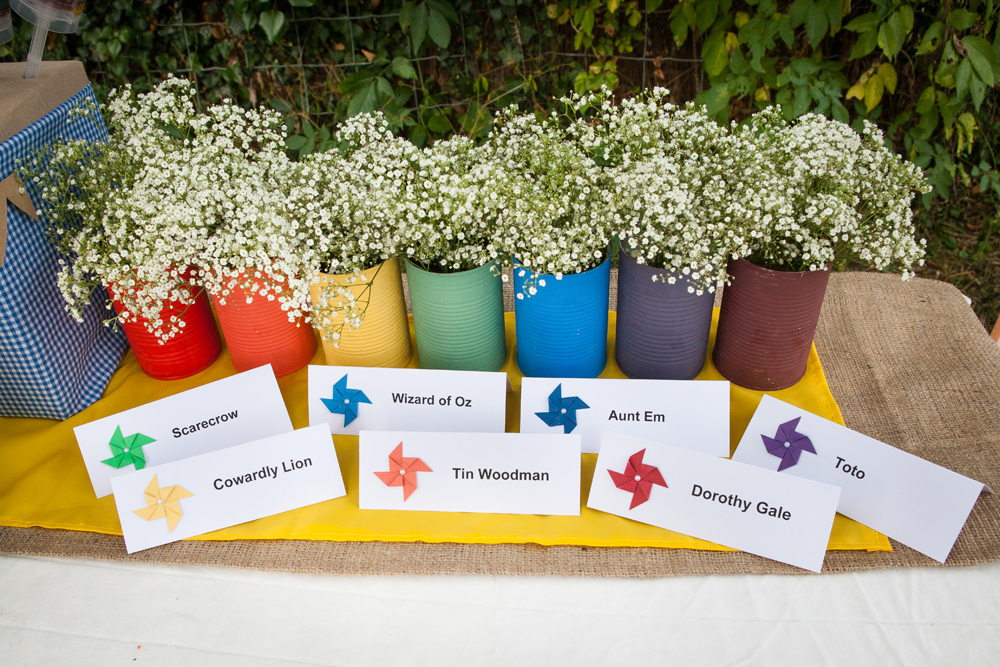AS FEATURED ON BRIDE MAGAZINE:
Once you’re over the hurdle of preparing your guest list and the headache of waiting (and chasing) for RSVPs, it will be time to decide where to seat your nearest and dearest for your wedding breakfast.
Take a look at our 10 point guide on how (and where) to seat your wedding guests to help you through what can be another tricky juggling act of keeping everyone happy. There’s etiquette, tradition, logistics, safety & practicalities to consider (as well as who Aunty Vera may have fallen out with) so that all can see and been seen by the bridal party.
1) size and shape
Firstly, establish what is possible at your venue. What could you fit in to the room? What is already available there? You need to think about the space, tables and chairs. Taking in to account the size, shape and style of these three elements. Count the number of tables and determine how many chairs can fit around the different shapes of table. This amount should accommodate your final guest numbers.
2) style of meal
How you lay out the tables can be dictated by the style of food that you will be serving. For example, if you’re having a casual meal or buffet then you may opt for guests to pick their own places when they’ve got their food rather than a formal sit down meal where everyone has an allocated place setting. To get guests to mix up, you could provide a bowl of numbers and people pick out their table number as they enter the reception.
3) structure
The formation of the tables will depend on their shape and the atmosphere you want to create. Family style sharing meals work well on rectangle banquet tables with benches on either side. Laying long tables in a horseshoe or T shape creates a focal point of the bridal party. Whilst round tables surrounded by chairs can cluster groups together for good interaction. Square tables give a great modern feel and don’t feel restricted to use a uniform type of table – mix and match shapes and sizes to suit your needs.
4) standard
Traditionally there is a head (or top) table containing at least the happy couple. In addition, etiquette suggests their parents, along with chief bridesmaid and groomsman join this long table facing the guests so that everyone can view the top table (eg Chief Bridesmaid, Groom’s Father, Bride’s Mother, Groom, Bride, Bride’s Father, Groom’s Mother, Best Man). Working away from this focal point, others from the wedding party are grouped near to the top table, followed by closest relatives, then friends, and finally colleagues.
5) substitutes
Let’s face it, you can have whoever you want on the top table (or no top table at all!) Nowadays there are many alternative schemes to factor in different family circumstances and partnerships. The top table could be round rather than rectangle so the wedding party get to chat too. The top table could just contain the two most important members of the day whilst the rest of the bridal party host their own family members on separate tables. Sometimes brides and grooms choose to sit at a different table for each course to mingle with all their guests.
 6) special considerations
6) special considerations
As well as knowing how many people you’re seating, you’ll need to factor in any accessibility requirements for any young, elderly or incapacitated guests such as incorporating requests for highchairs. People with any tasks to carry out during the meal or speeches should be able to get out of their place easily too. There’s always a temptation to match make with a singles table, though my advice would always be to keep people with people they already know (and like). Tradition suggests alternating men and women around a table.
7) system
How to plan who sits where is a fine and delicate art often thrown by last minute cancellations and feuds. There are lots of online planning tools, apps and software available to help solve this issue. However, nothing beats a large piece of paper containing the floor plan of your room with blank tables drawn in the right places. Then get some small coloured sticky tabs in perhaps three colours (for men, women and children). Write each guest’s name on the relevant coloured tab and stick these around the table templates until you’re happy with the seating combinations.
8) selecting tables
There are many options and ways to personalise your tables including the names you give each table or how you number them. One of my favourites at the moment is showing a picture of both of the happy couple at the age that the table number corresponds with.
9) seating plan
There a couple of options to ensure that guests get to the table you’ve allocated to them. Firstly, you can display a seating plans of the different tables listing which guests are sat at each table. Ideally have a couple of these plans to avoid everyone bunching around one and placing it outside of the room for people to view it ahead of time to avoid a rush on entry. Alternatively, escort cards can be displayed (perhaps alphabetically) which each contain the name of a guest along with the table name/number where they are to be seated. In both scenarios, place name cards on the table can show guests where to sit or they could pick their own seat.
10) seating at ceremonies
It’s not just the reception to consider but you may want to offer a modern take on where people sit at the ceremony too. Traditionally in a religious building, the Bride’s family sit on the left of the premises and the Groom’s sit on the right. However, many people are asking their guests to pick a seat not a side. Plus if the venue is less formal you can move away from rows of chairs and opt for a circle around the couple or even a spiral of chairs working inwards to the couple.


